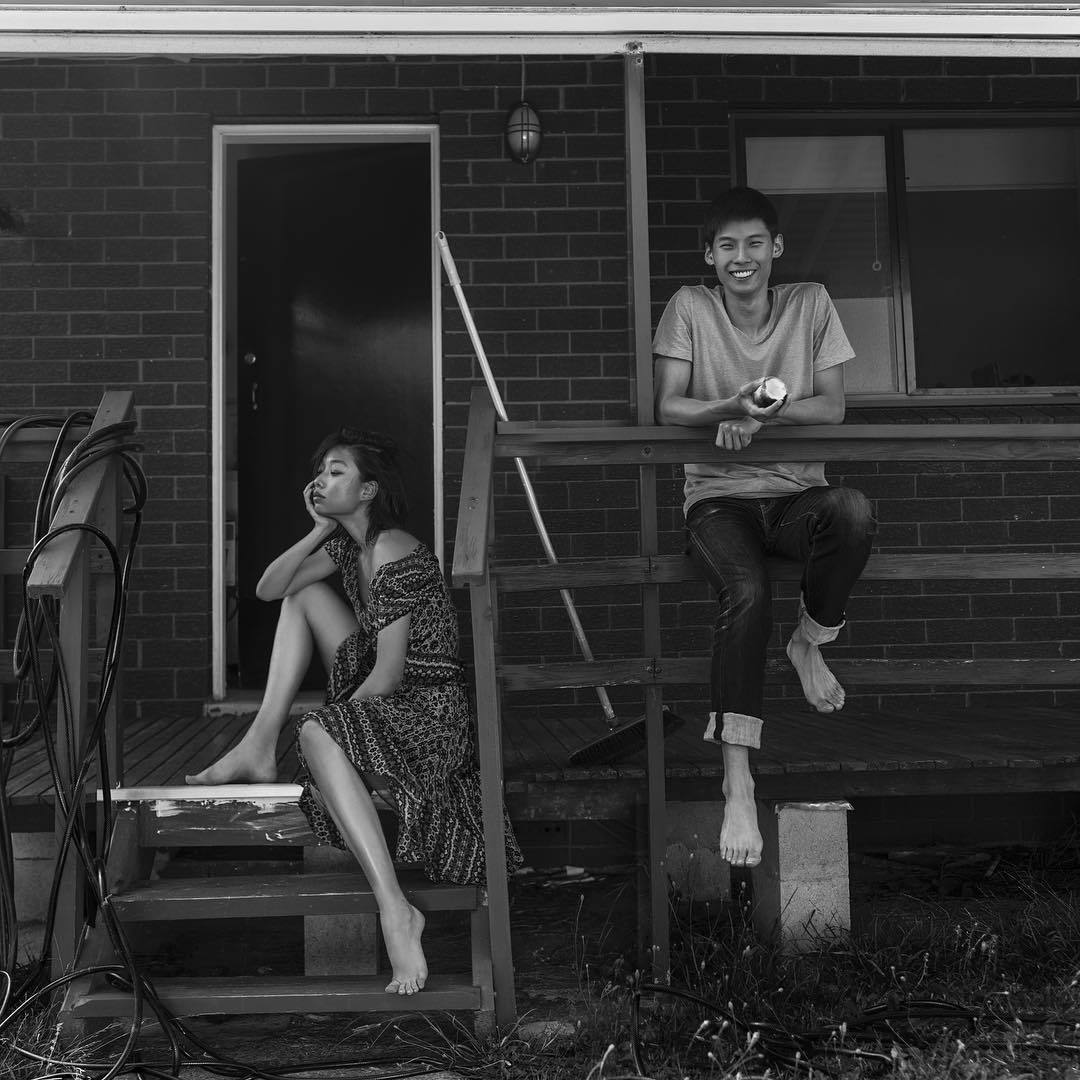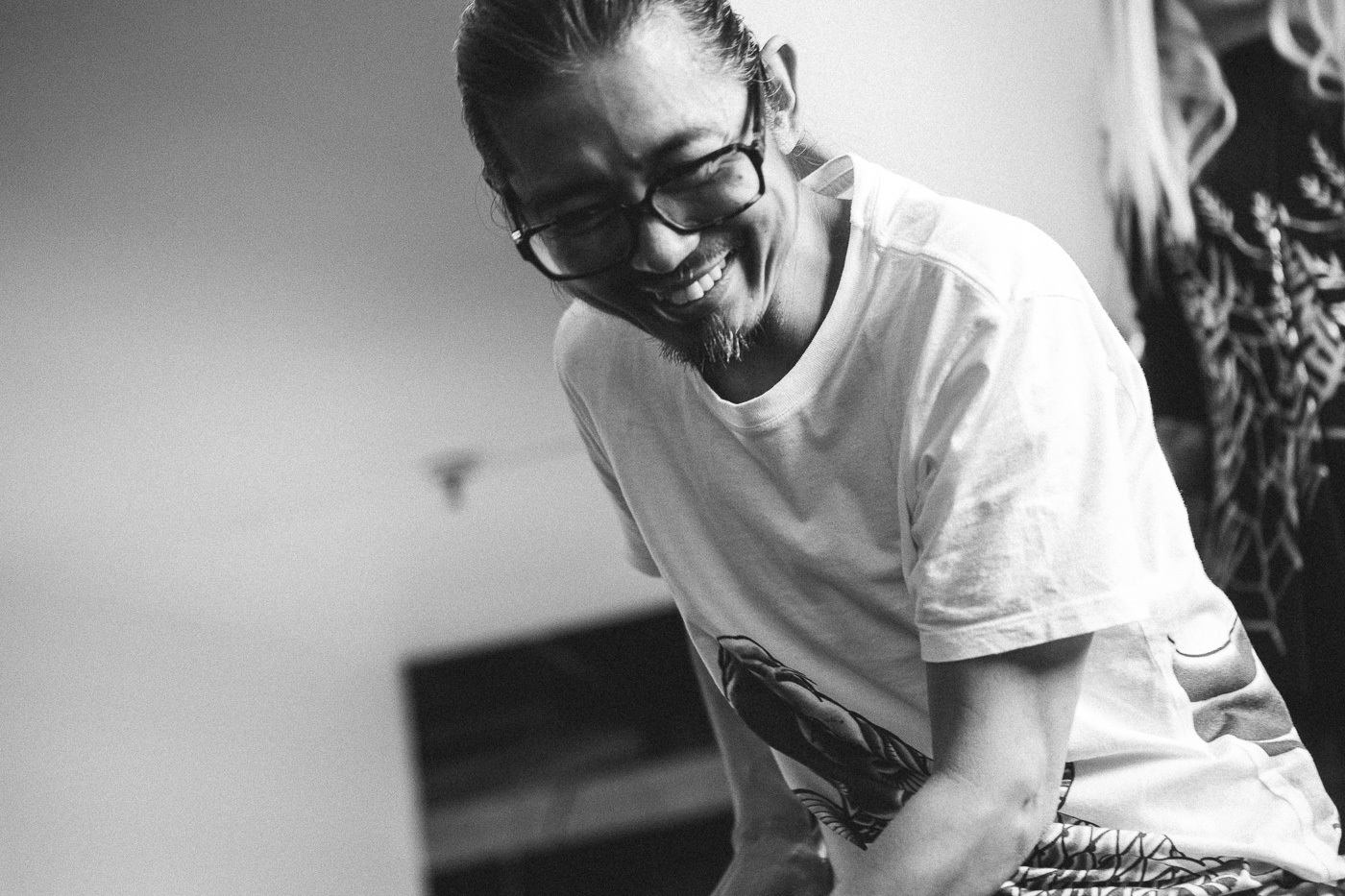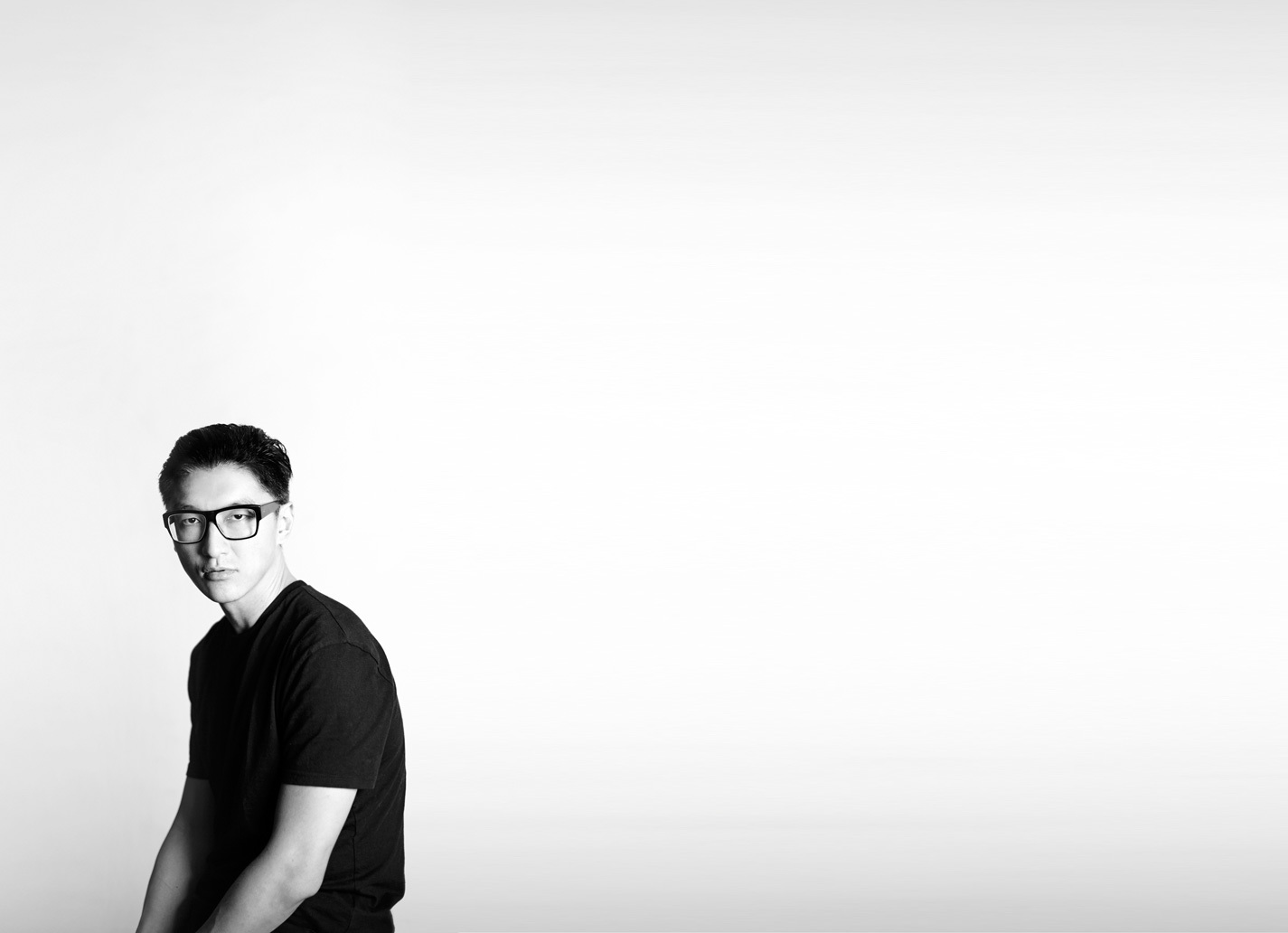In many Asian cultures with a strong emphasis on academic achievement, creative passions are often dismissed as hobbies. Parents expect their children to choose a stable career in business, law or medicine; and those who feel suffocated by the pressure aren’t always visible.
Before becoming a fashion designer, Haryono Setiadi had a career as a finance analyst. Born in Jakarta, he came to Sydney at 20 to study commerce. Speaking to i-D he explained his first career move: “There was absolutely tremendous pressure from my family.” As the only boy Haryono says his interest in arts and textiles was simply not recognised as a serious job option. “I started my career in the finance industry because of my parents, without questioning too much what I really wanted to do. It was probably a cultural thing. My background is no different to any of my Asian friends who came to Australia.”
The expectations Haryono and his friends felt is reflected in what Asian students study in Australia. More than a quarter of Australia’s international student population is from China, followed by India, Vietnam, South Korea and Thailand. But despite the disparate backgrounds half of them study the same thing: Management and Commerce. Obviously not all of them are lusting after a repressed creative career, but reflecting on the figures Haryono isn’t surprised: “A lot of my friends from university and high school have been pressured and end up following their cultural flow, doing what most Asians would do”.

This family and cultural pressure isn’t exclusive to students who are new to Australia; it’s an established way of thinking that also exists for second generation Asian Australians. “Asian immigrant parents are often racially stereotyped as pushy and overbearing, but that really happens because parents want the best of their kids,” says Margaret Zhang. Twenty two year old Margaret is a Chinese Australian who studied law and commerce. She is also a global digital fashion juggernaut with over 700,000 Instagram followers. Despite establishing herself as a model, writer and photographer and regularly working with brands including Louis Vuitton, Swarovski and Clinique, she told i-D her family still worries about the fragility of a career in fashion. Although, she doesn’t blame them: “They had a really tough time being immigrants, so they want their kids to be happy and have a stable income.”
Many of the individuals interviewed for this piece also mentioned that domestic issues were compounded by hostility they met outside of home. The grim reality is that despite seven percent of the population having Asian heritage, racism is still something they navigate daily. “On the street, people would spit beer in my face and tell me that I go back to my country. Growing up in Australia, that was definitely a situation,” says Margaret. Continuing, “I think the biggest challenge for the second generation is that they are born in Australia, identify themselves as Australian and yet the Australian society looks at them as foreign people.”
While so many people see Asian Australians as the “other”, our wider cultural landscape owes a lot to immigration. The eclectic, laid-back “Australian style” we love to talk endlessly about can be seen as the result of weaving different cultures together.
Waves of immigration have brought diversity and skill—from the Chinese bringing silks during the late-1800s’ gold rushes, to post-World War II Italians immigration introducing a tailoring heritage. Additionally a number of migrant designers such as Carla Zampatti and Nicola Finetti from Italy and Yeojin Bae from South Korea are acknowledged as the country’s major talents and commercial successes.

Perhaps the most celebrated designer to explore heritage, immigration and geographic identity is Akira Isogawa. Akira is often credited for introducing a Japanese influence to Australian fashion in the 1990s. His philosophy of valuing the space between body and fabric is inspired by the traditional Japanese kimono. This aesthetic, that he explained to i-D allowed “the fabric to speak for itself rather than training it in a certain way to fit close to your skin”, brought in a new breeze when a tight silhouette was in fashion.
Today Haryono is still pulling together different cultures in his work, continuing the tradition of imbuing Australian style with international references reflective of our population. His latest collection is inspired by the hand-weaving technique he discovered during his trip to a small village in Indonesia but his attachment to Australia shines through. “Everyone [in Australia] has an easy-going mentality and are honest with how they present themselves. My collection reflects that kind of mentality.”
Artistic importance aside, Asian Australian talents are crucial to the future of the Australian fashion industry. With rising import competition and declining domestic demand, local manufacturing is struggling. But the rapidly expanding Asian market is proving to be a counter weight to this decline with Mckinsey & Company predicting continuous growth in Asian consumers’ buying power. Fostering a community and culture of Asian design locally could prove to be highly profitable long term.
Australian Fashion Chamber General Manager Courtney Miller told i-D that as a result of this realisation, Australia is beginning to pay more attention to Asian consumers and designers. It’s a sentiment Margaret echoes, she noted that for Asian Australian talents to thrive there needs to be more conversation around the issues faced by Asian designers and the complexities their work brings to Australian fashion.
Continuing Margaret points out the lack of information and support within the local Asian community for those “who have big ideas and want to execute something that’s not the usual university grad job.” She suggests developing forums where young Asians can discuss the cultural challenges they face: “It’s about having that support network of mentors and having someone that you look up to.”
After all, cultural and family pressure aside, the fashion industry is a tough world. We could all use as much help as we could get.
Credits
Text Yuzuha Oka
Lead image courtesy of Haryono Setiadi
